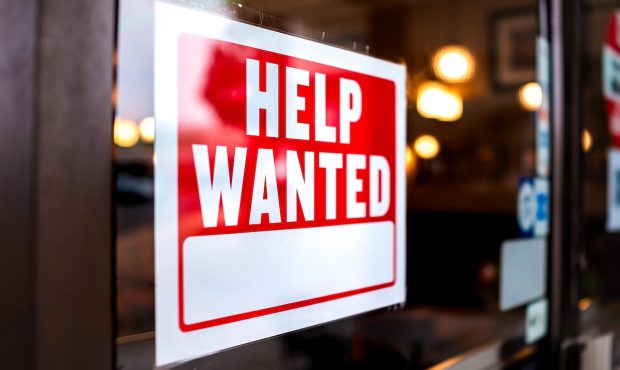Lingering Pandemic-Related Trends Contribute to Labor Shortage

Americans are still working less than they did before the pandemic.
The percentage of Americans working remains a percentage point lower than it was in February 2020, and the number of hours worked by those who are employed is about an hour less than it was during that pre-pandemic month, according to a summary of a paper published in the Brookings Papers on Economic Activity.
Together, those trends have left the United States workforce with a loss that’s equivalent to 2.4 million workers, according to the paper by University of Maryland Distinguished University Professor Katharine Abraham and University of Maryland PhD student Lea Rendell.
These declines can be explained by some trends that were happening before the pandemic and others that originated with that event, according to the summary.
About 40% of the loss, about 1 million workers, can be attributed to the pre-pandemic trend of baby boomers reaching retirement age and leaving the workforce, the summary said.
The other 60% of the drop, about 1.4 million workers, is likely caused by pandemic-related trends, including people postponing looking for a job after receiving cash payments related to the health crisis and shutdowns, avoiding work due to fear of catching COVID-19, reducing their hours worked due to the effects of long-COVID and realigning their work-life balance in the wake of the pandemic, per the summary.
Another report published in December found that there were 3.5 million people missing from what would have been expected to be today’s workforce, based on pre-pandemic trends.
A significant portion of those “missing workers” — 2 million — have permanently retired, according to a Dec. 27 report by The New York Times.
Many of those workers would have been expected to retire soon anyway, but the pandemic accelerated their move. Among those who retired sooner than anticipated, some are concerned about being exposed to COVID-19 at the workplace, some have chosen to enjoy retirement, some are in poor health and some are in a financial condition that allows them to choose retirement, the report said.
A report published in October by the National Bureau of Economic Research (NBER) said that persistent worries about catching COVID has kept millions out of the workforce.

